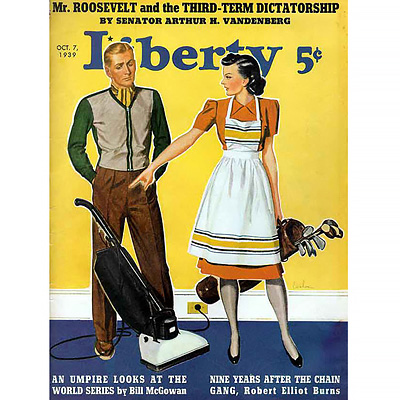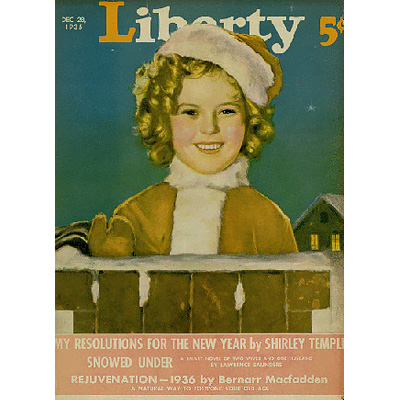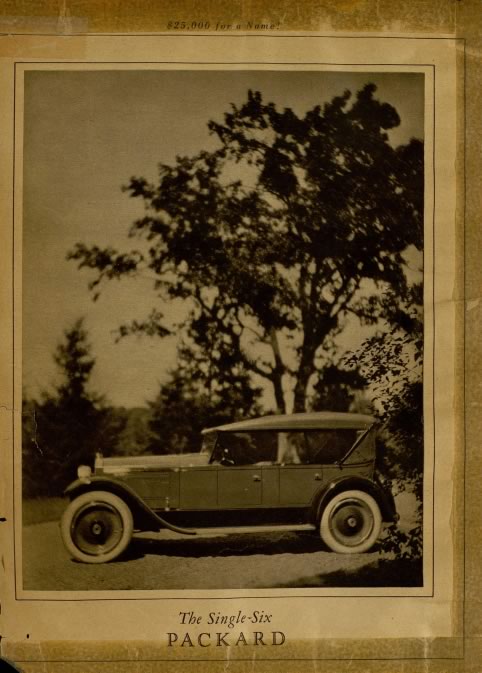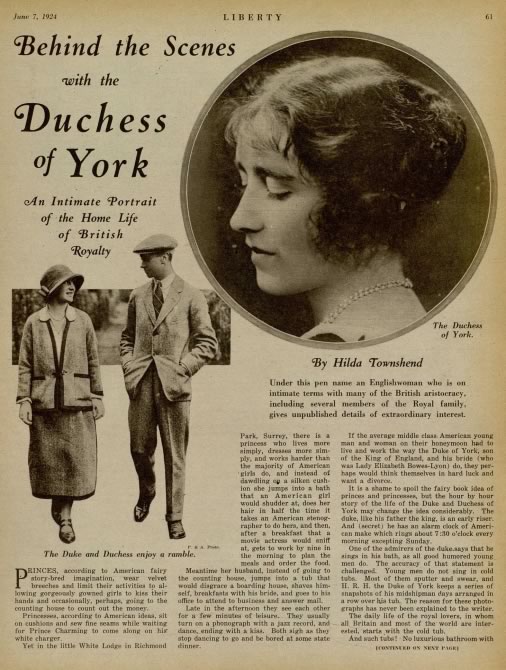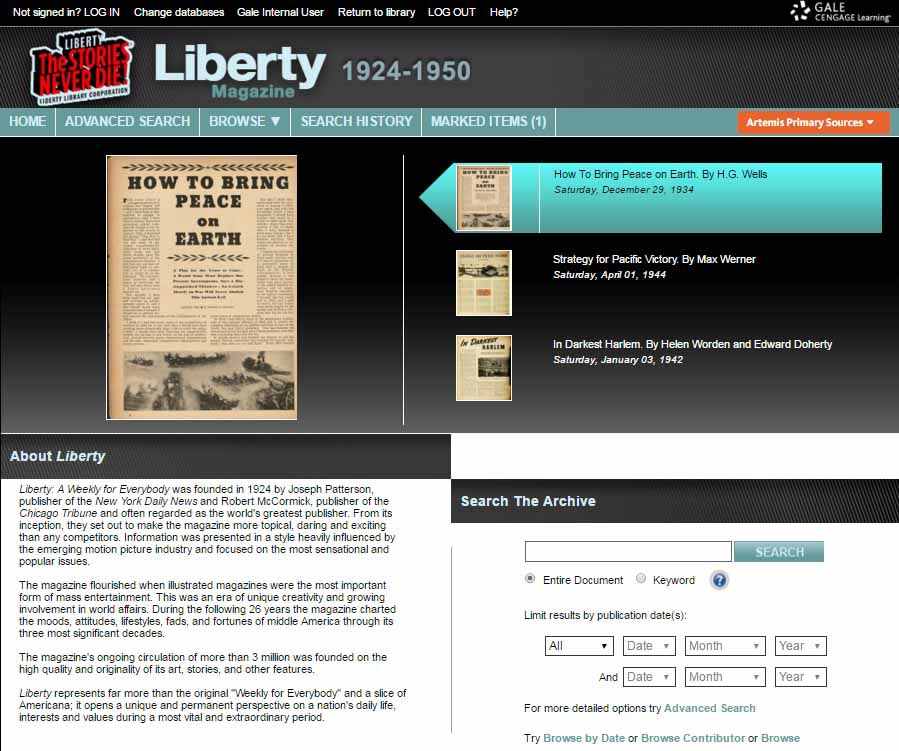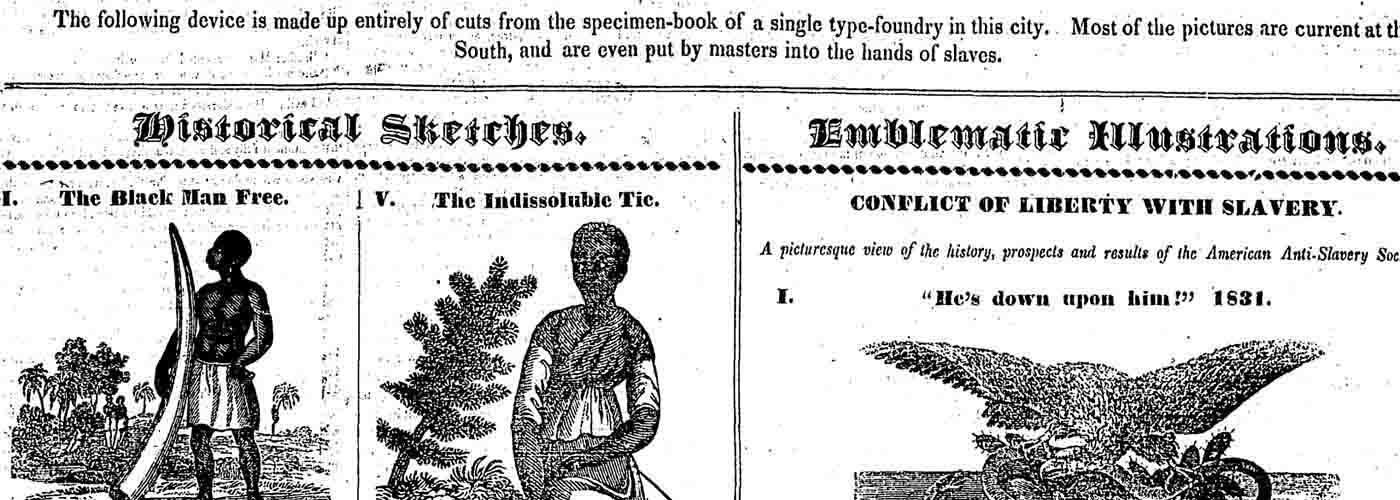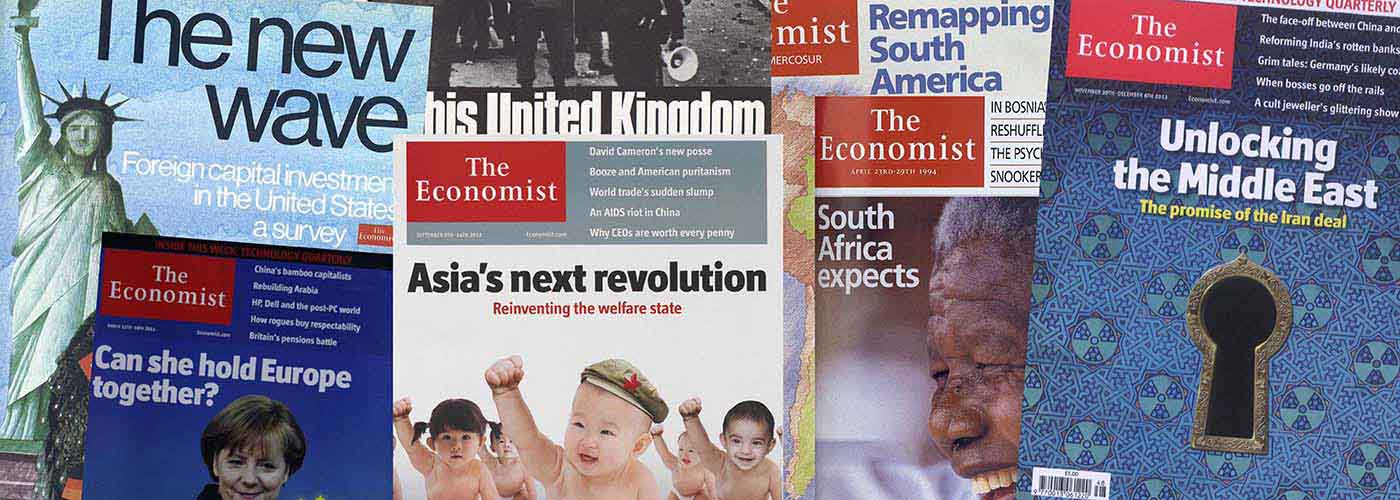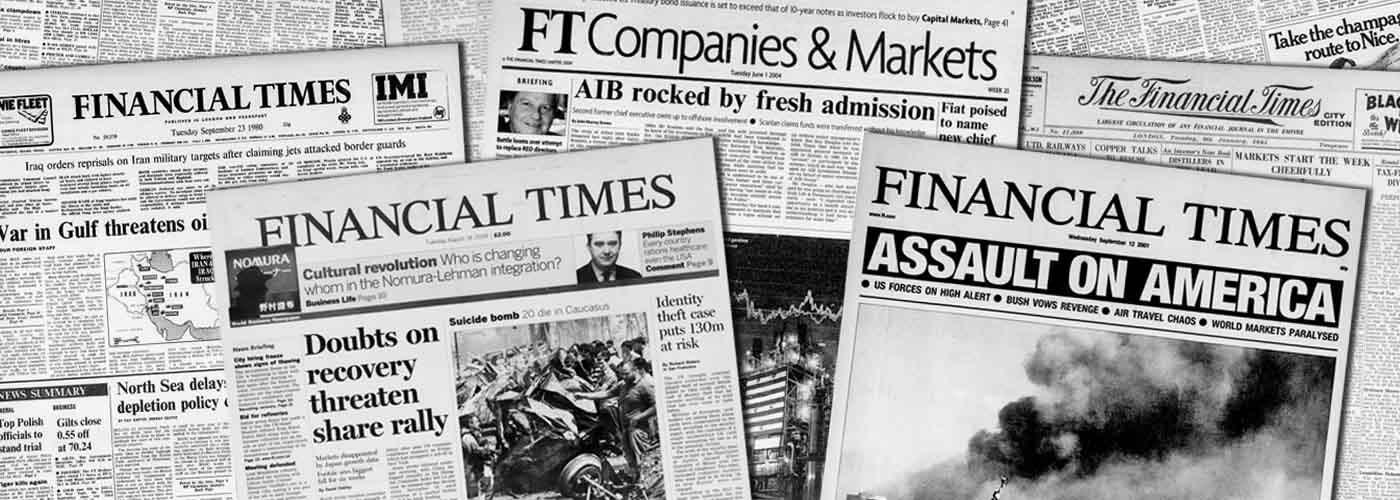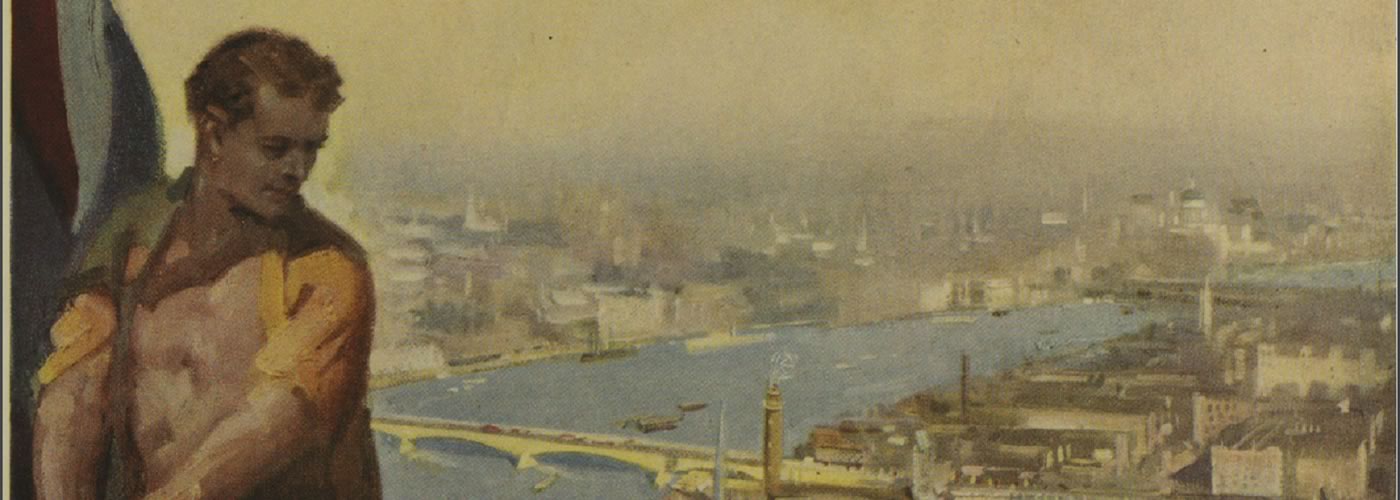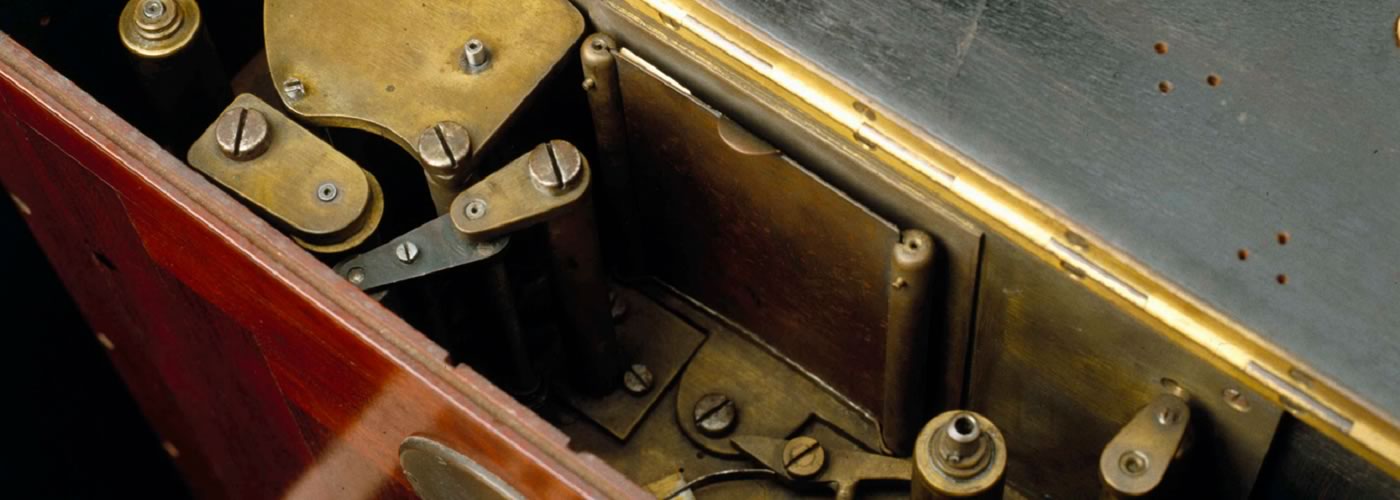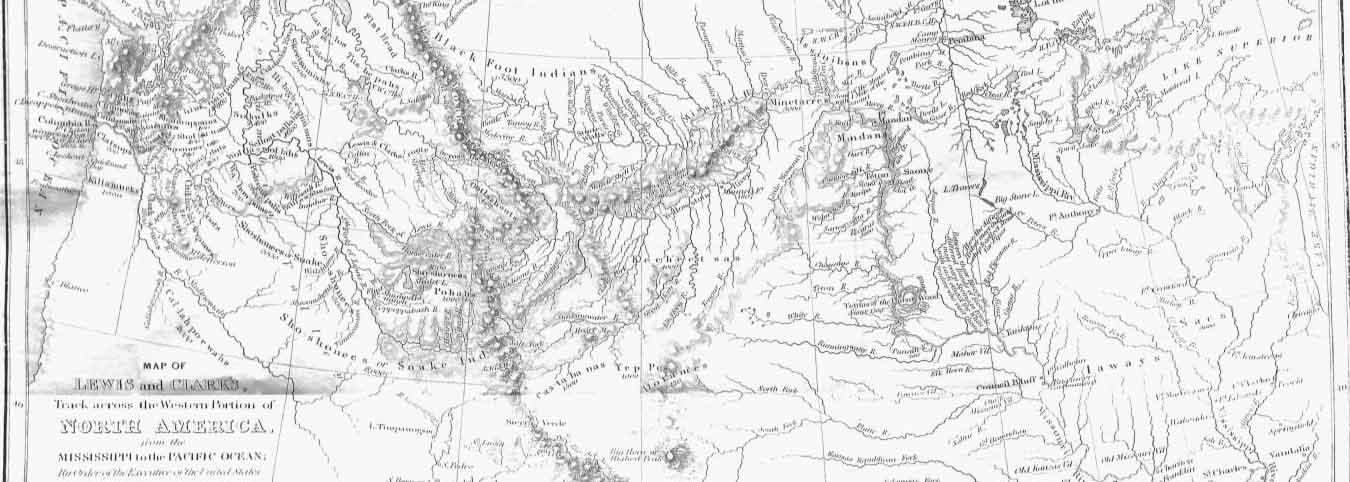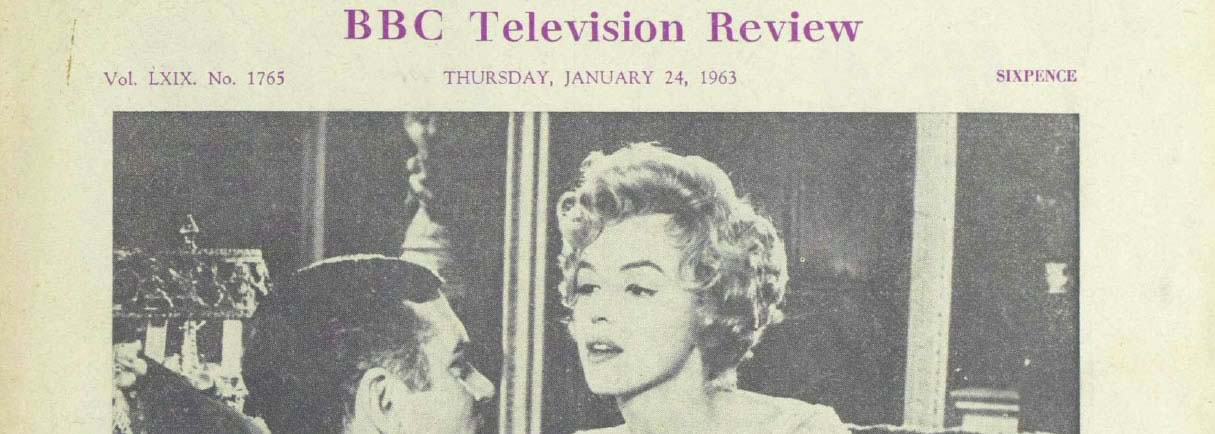Experience three decades of life in middle America through a magazine that both reflected and influenced it.
Liberty: A Weekly for Everybody was founded in 1924 by Joseph Patterson, publisher of the New York Daily News, and Robert McCormick, publisher of the Chicago Tribune and often regarded as the world's greatest publisher. From its inception, they set out to make the magazine more topical, daring, and exciting than any competitors. Information was presented in a style heavily influenced by the emerging motion picture industry and focused on the most sensational and popular issues.The magazine flourished when illustrated magazines were the most important form of mass entertainment. This was an era of unique creativity and growing involvement in world affairs. For twenty-six years, the magazine charted the moods, attitudes, lifestyles, fads, and fortunes of middle America through its three most significant decades.
The magazine's ongoing circulation of more than 3 million weekly was founded on the high quality and originality of its art, stories, and other features. Its prominence and willingness to pay for the best attracted original contributions from the greatest artists, writers, celebrities, and statesmen of the age.
Liberty Magazine Historical Archive, 1924-1950 provides users engaged in research of the twentieth century a delightful range of art, stories, articles, and advertisements offering valuable insight into life in the United States during the Depression era and World War II. It offers a rich perspective of the everyday lives of working-class and middle-class America that no other resource can match.
Gale licensed the magazine's content from the Liberty Library Corporation, owned by Robert Whiteman, who has collected and organized the content over many years.
- Adventure stories: Over 900, from 1,000-5,000 words
- Short-short stories: Approximately 1,000
- Mystery, suspense, and spy stories: Nearly 1,500
- Human interest stories: Nearly 1000
- "Continued Next Week," or serial stories: Approximately 300, from 5,000-90,000 words, primarily the work of top authors in fiction
- Western stories: 300, many written by the deans of American Western fiction on the wild, wild West
- Biographies and autobiographies: 150, insights into the lives of the rich and powerful
- Love stories: Over 1,000
- Stories from World War I and World War II: Nearly 500, as well as stories from various guerrilla conflicts
- Humor stories: 340
- Articles: 10,000, from notable figures ranging from Albert Einstein to Greta Garbo to George Bernard Shaw
- Art: Over 11,300 covers by artists and illustrators such as Leslie Thrasher, John Held, and James Montgomery Flagg, and thousands of ads
FEATURED REVIEW
“The day-to-day details of middle-class living that are indexed here are amazing. The database is highly recommended for public, academic, and special libraries everywhere. This file will be a boon to students and frontline librarians for the ads alone.”
- Library Journal
Look Inside
Additional Details
subjects covered
- Black Studies
- Gender & Women's Studies
- Humanities & Social Sciences
- Sociology
- Religion & Philosophy
Platform Features & Tools
Term Frequency
It allows researchers to see the frequency of search terms within content sets to identify central themes and assess how people, places, events and ideas interact and develop over time.
Buscador de temas
Esta herramienta agrupa los temas más comunes y revela conexiones ocultas entre los términos de búsqueda, lo que ayuda a dar forma a la investigación integrando contenidos diversos con información relevante.
Búsquedas simultáneas
Busca al mismo tiempo dentro de los productos complementarios de fuentes primarias, incluidos los ebooks, a través de un entorno de búsqueda unificado que posibilita nuevas e innovadoras conexiones de investigación.
Reviews & Testimonials
“. . . This archive from Gale Digital Collections comprises complete, high-quality digital facsimiles of all Liberty issues. Its importance as a resource for students of 20th-century American history and culture cannot be overstated. . . . Summing Up: Highly Recommended. Lower-level undergraduates through researchers/faculty; general audience.”



